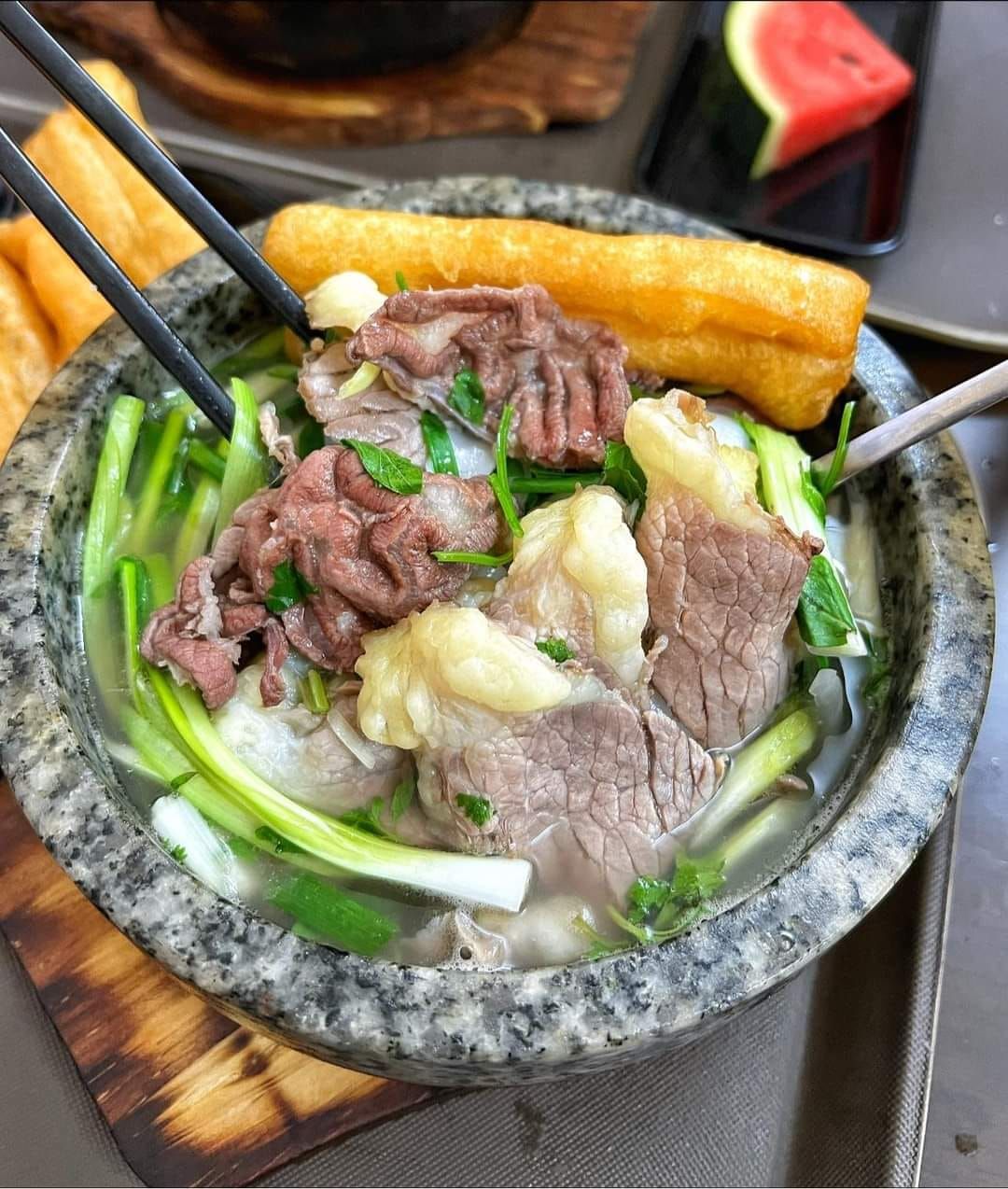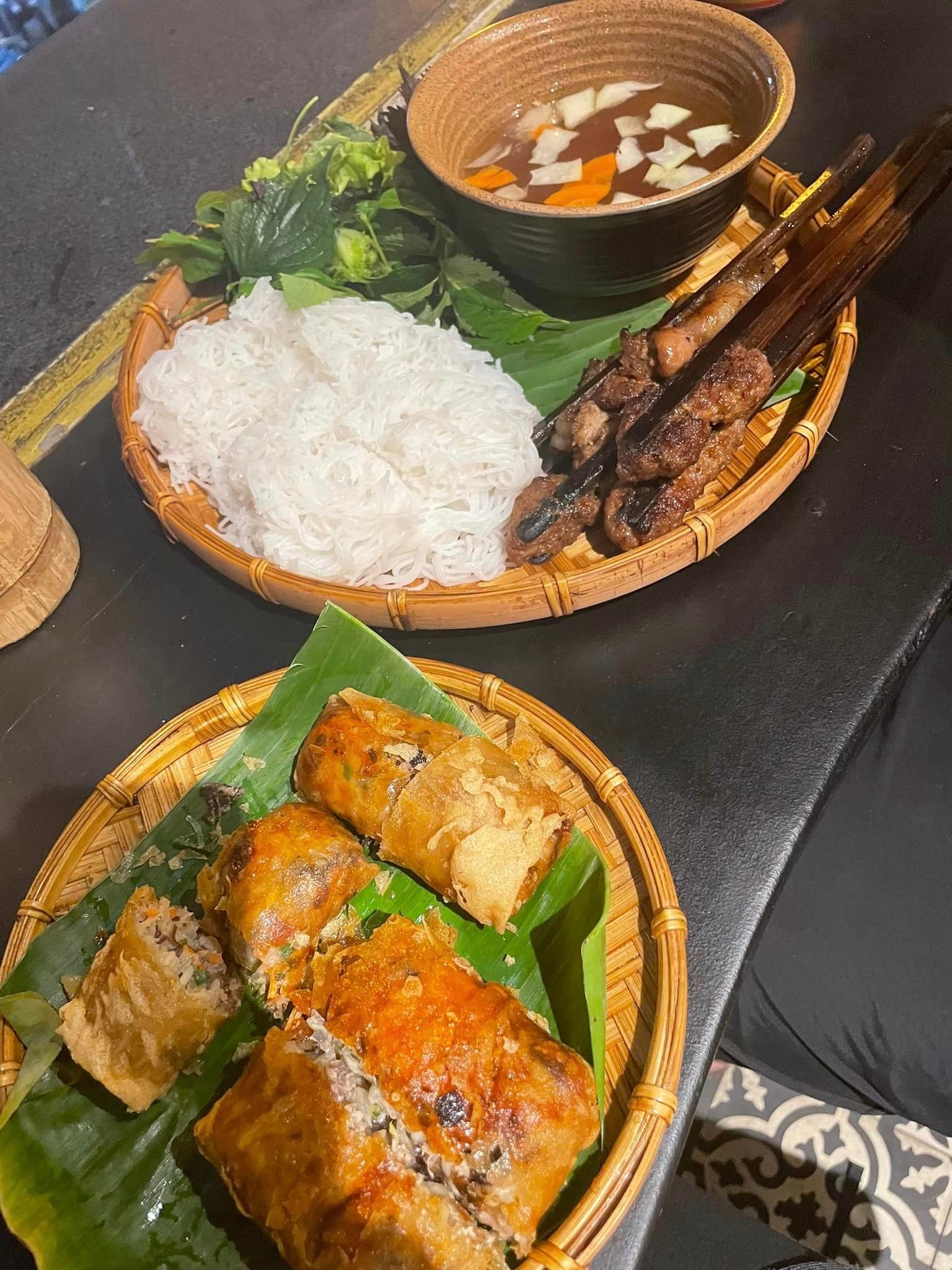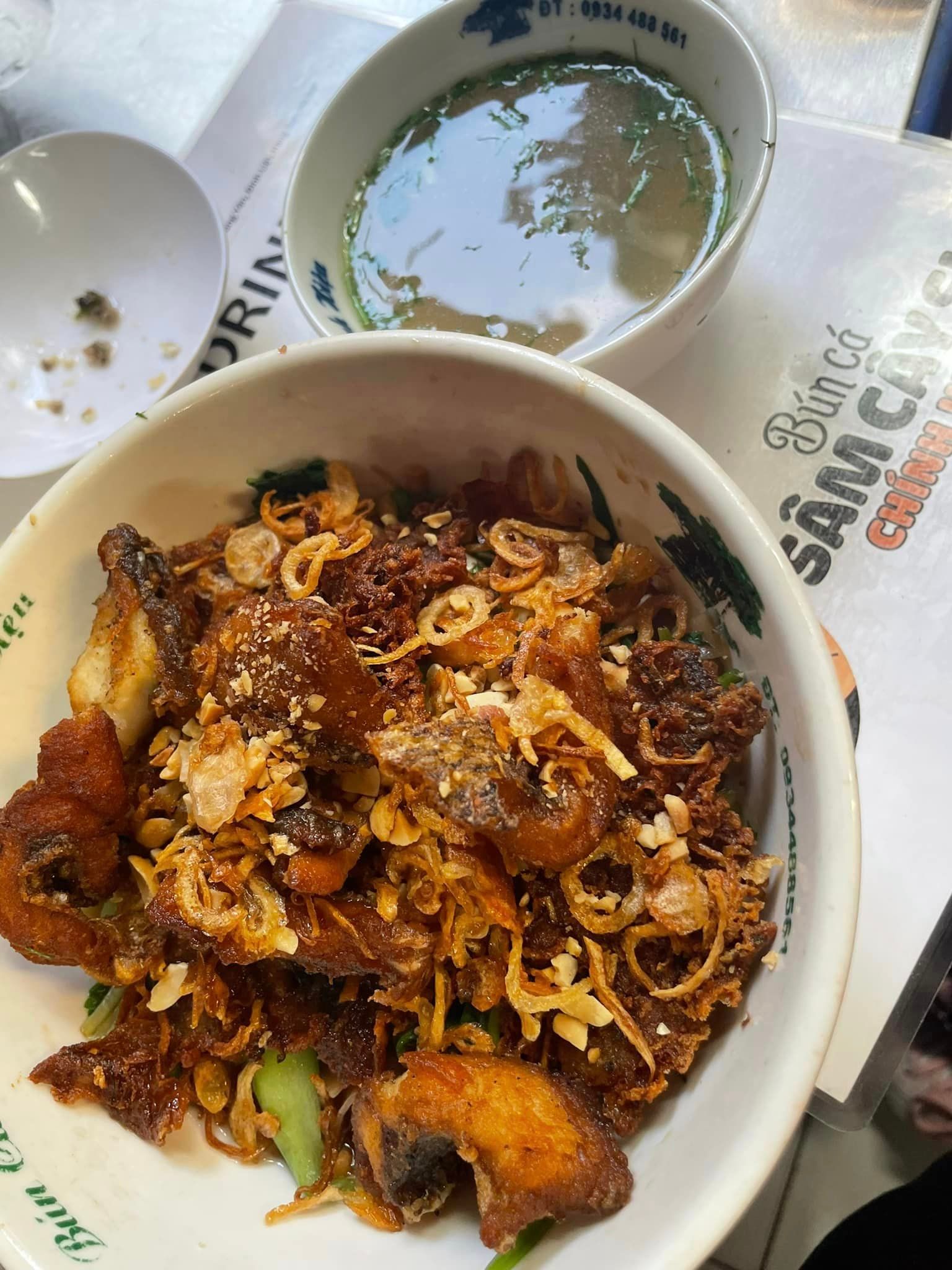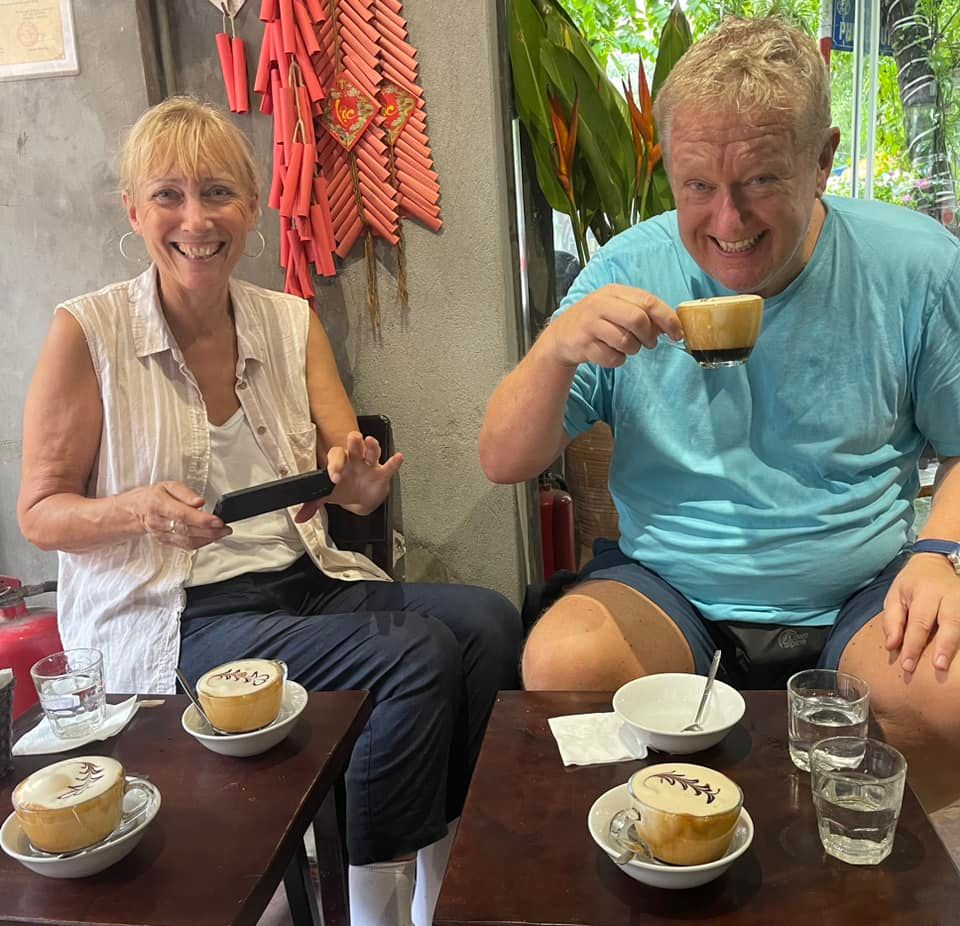
The Unique Culinary Heritage of Hanoi
Hanoi, Vietnam's capital, is not only steeped in cultural and historical richness but also boasts a culinary tradition as unique as it is diverse. Rooted in the Red River Delta's wet rice civilization, Hanoi's cuisine embodies the essence of the nation's regions, absorbing and transforming global culinary influences into something distinctly its own
Hanoi, Vietnam's capital, is not only steeped in cultural and historical richness but also boasts a culinary tradition as unique as it is diverse. Rooted in the Red River Delta's wet rice civilization, Hanoi's cuisine embodies the essence of the nation's regions, absorbing and transforming global culinary influences into something distinctly its own.

Seasonal Delicacies
A significant portion of Hanoi's culinary heritage traces its origins to the humble, everyday dishes of neighboring regions. However, through the meticulous preparation and refined tastes of Hanoians, these simple rural foods are elevated into sophisticated delicacies that reflect the elegance of the ancient capital. Over time, Hanoi's cuisine has been carefully curated by the city's discerning residents, resulting in a collection of "best-in-class" dishes highly esteemed by international culinary experts, captivating both local and international visitors alike.
Hanoi's distinct four-season climate has given rise to an unparalleled culinary landscape, where each season brings its own array of flavors and dishes. The city's residents seem to follow an internal calendar that reminds them of seasonal produce and the best times to savor certain foods. For instance, "September is for ragworms, October is for silkworm pupae," or "summer calls for dracontomelon, and autumn for green rice."
Spring, symbolizing renewal and togetherness, is marked by the Lunar New Year and a variety of traditional dishes such as giò chả (Vietnamese sausage), canh bóng thả (soup with fish maw), thịt đông (frozen meat), bánh chưng (square sticky rice cake), bánh giầy (round sticky rice cake), chân giò hầm măng khô (pork leg stewed with dried bamboo shoots), chè kho (mung bean pudding), and jasmine-infused sugarcane. Summer sees a preference for light, refreshing dishes that cool and cleanse the body, including longan and lotus seed sweet soup, lotus stem salad, tofu porridge with salted eggplant, red jellyfish salad, and lotus tea. Autumn, a season of leisurely strolls, invites residents and visitors alike to indulge in snacks like chả rươi (fried ragworm patties), green rice, grilled fermented pork rolls, roasted corn, and sweet potatoes. In winter, with its characteristic Northern chill, Hanoi's cuisine turns to hot, spicy dishes that warm the body, such as beef stew with bread or noodles, steamed chicken, clam porridge, rib porridge, hot bánh đúc (rice flour cake), khúc cake, boiled snails, hot cassava sweet soup, and fried banana and sweet potato cakes.

Hanoian cuisine is not just about flavor but also about visual appeal, with dishes artfully crafted to balance five colors and five flavors. Each dish is associated with a specific location, and Hanoians often go out of their way to enjoy a particular dish at its source. This connection has led certain dishes to become synonymous with the streets or villages they hail from, creating iconic "brands" like Thanh Trì steamed rice rolls, Khương Thượng grilled frogs, Tạ Hiện roasted pigeon, Hàng Vải sugarcane juice, Vòng village green rice, Tây Hồ lotus tea, Tràng Tiền ice cream, and Tô Tịch mixed fruits.
A Fusion of Culinary Excellence
Hanoi's cuisine is a testament to healthy, balanced eating, with a harmonious blend of the five basic flavors and a balance of yin and yang according to Eastern philosophy. This harmony makes Hanoi's culinary scene a compelling draw for visitors. Some of the city's must-try dishes include Hanoi's iconic phở, recognized by CNN Travel as one of the top 10 dishes in the world, Thanh Trì steamed rice rolls, phở cuốn (rolled rice noodles), chả cá Lã Vọng (grilled fish), West Lake shrimp cakes, and various spring rolls. Hanoi's noodle and vermicelli dishes, like bún ốc (snail vermicelli soup), bún riêu cua (crab vermicelli soup), bún mọc (pork ball vermicelli soup), bún thang (mixed vermicelli soup), bún chả que tre (grilled pork with vermicelli), bún đậu (fried tofu with vermicelli), bún giả cầy (pork leg with vermicelli), bún ngan (duck vermicelli soup), eel vermicelli, and crab noodle soup, exemplify the city's culinary sophistication.

In addition to its traditional fare, Hanoi also offers a wide variety of dishes from across Vietnam, such as bún bò Huế (Hue-style beef noodle soup) and bánh xèo (Vietnamese savory pancake), as well as international cuisine, thanks to its cosmopolitan population. The city is a melting pot of global culinary influences, making it a gastronomic destination for visitors from all over the world.
Hanoi is also famous for its diverse array of coffee shops, ranging from the chic and luxurious to the modest and traditional. Iconic coffeehouses like Nhân, Giảng, and Mai, some of which have been around since the previous century, continue to be cherished by Hanoians. Egg coffee, in particular, has gained international recognition after being served to 3,000 guests at the U.S.-North Korea Summit and was listed by CNN as a must-try when visiting Hanoi.
Hanoi is also home to popular international fast food chains like KFC, Lotteria, and McDonald's. These establishments, located on major streets, are designed with modern, attractive interiors, making them popular check-in spots and favorites among the city's youth. They also provide a familiar and comforting experience for international visitors.
In sum, Hanoi's culinary landscape is a vibrant tapestry of flavors, traditions, and innovations, making it a must-visit destination for food lovers from around the world.